Which of the following figure represents the variation of particle momentum and the associated de - Broglie wavelength ?
A
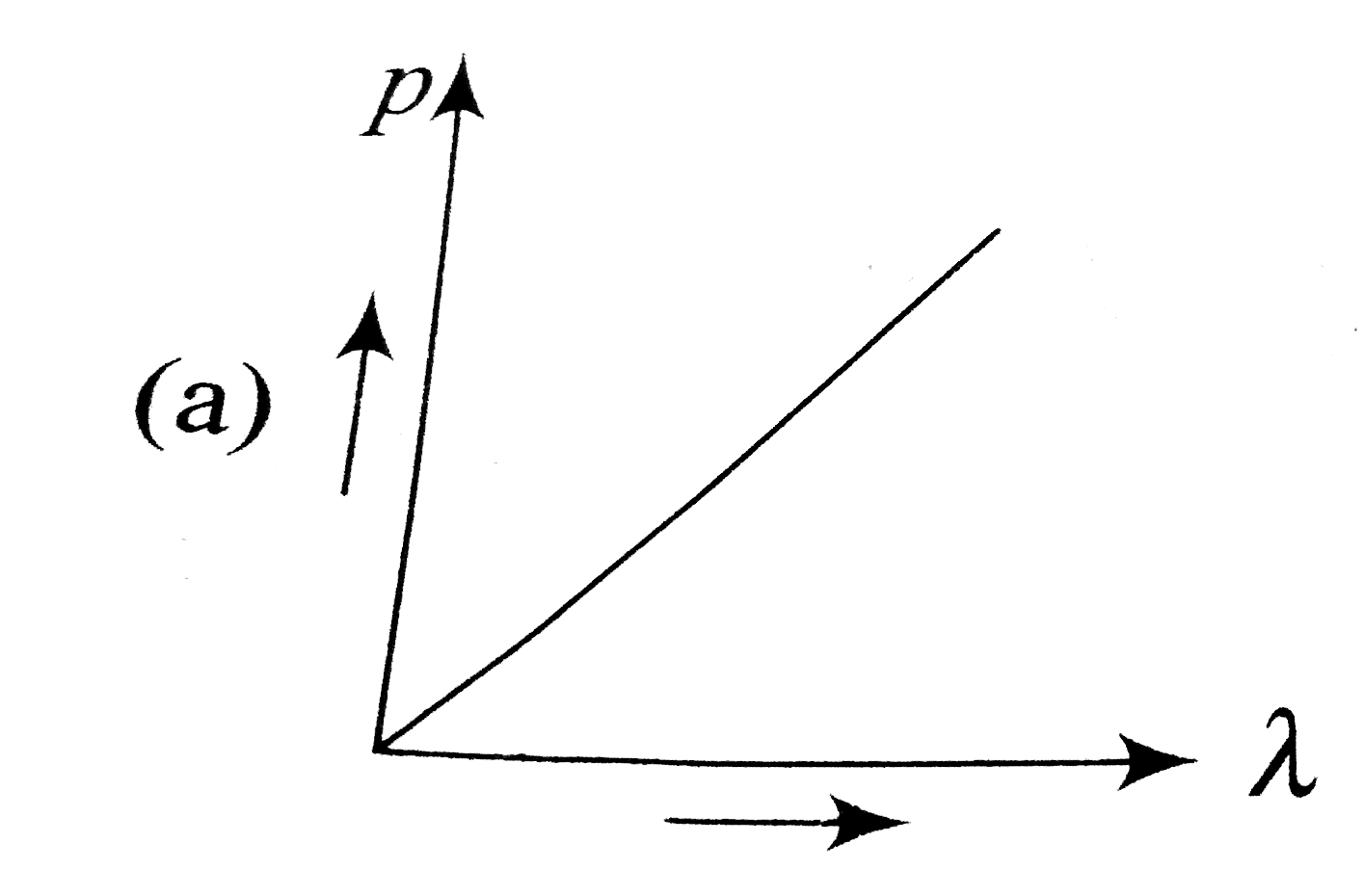
B
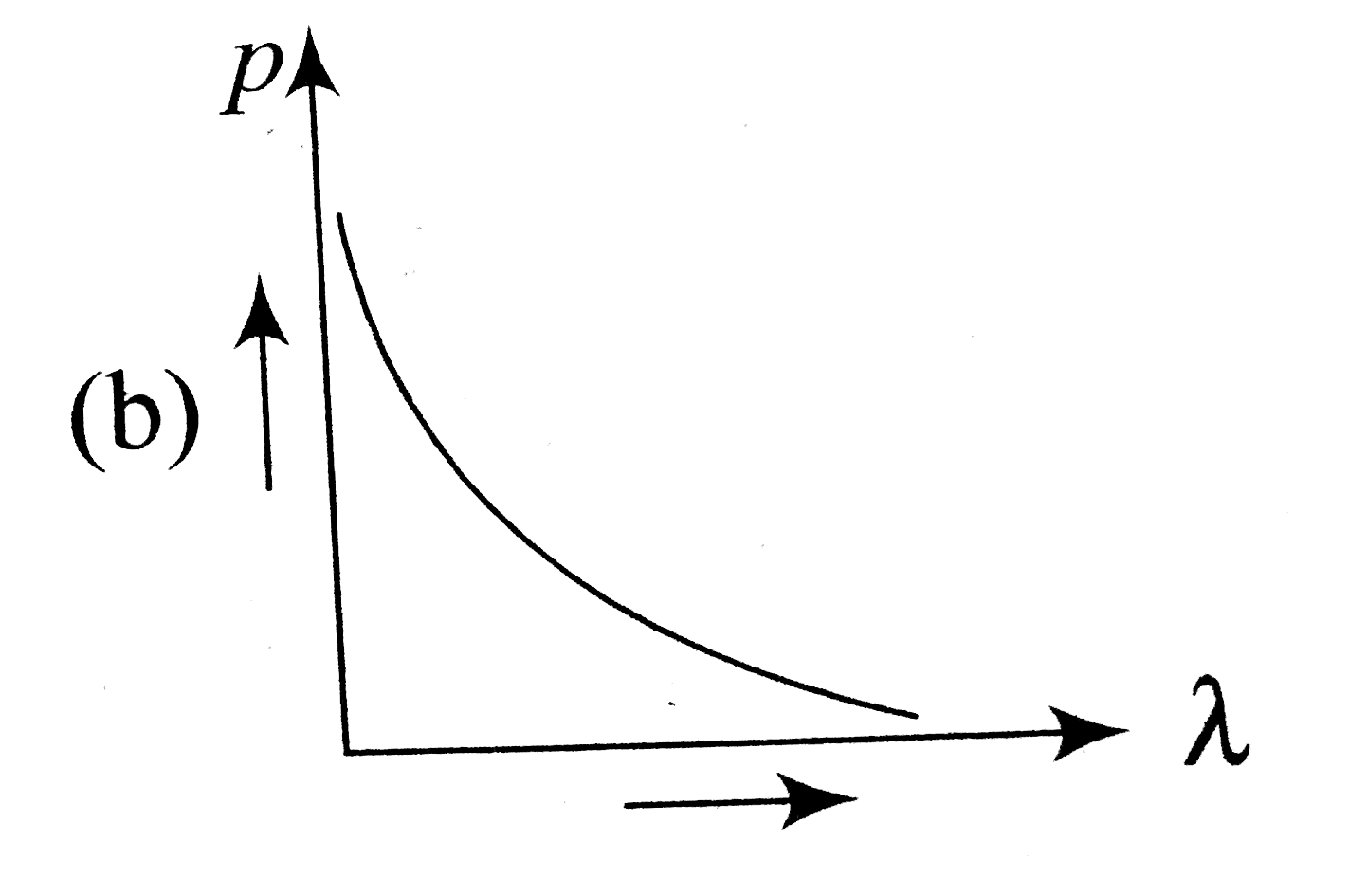
C
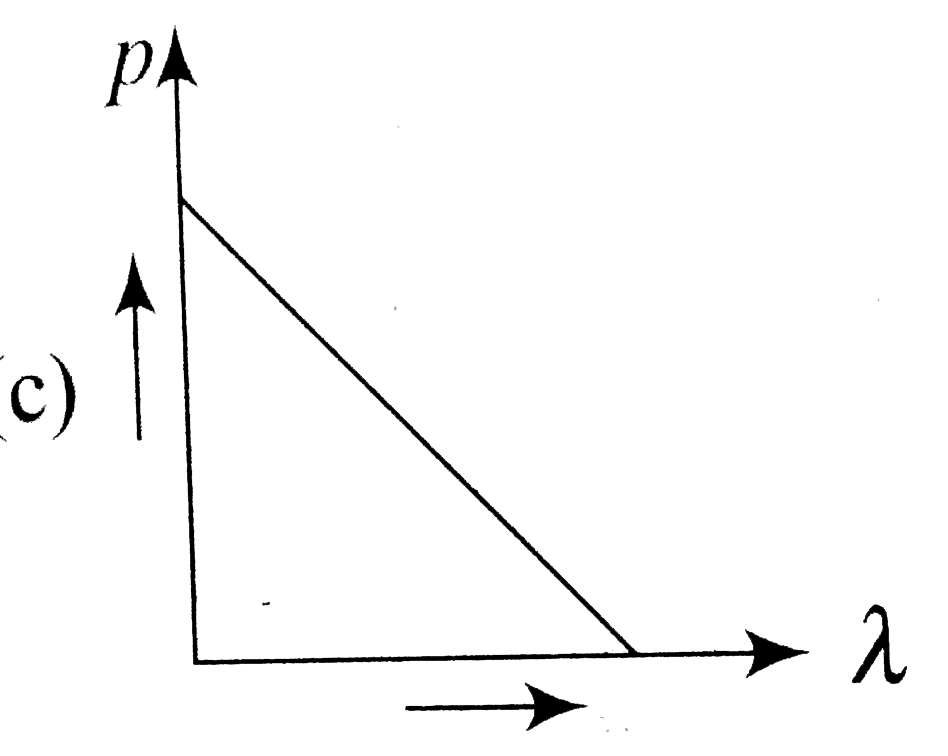
D
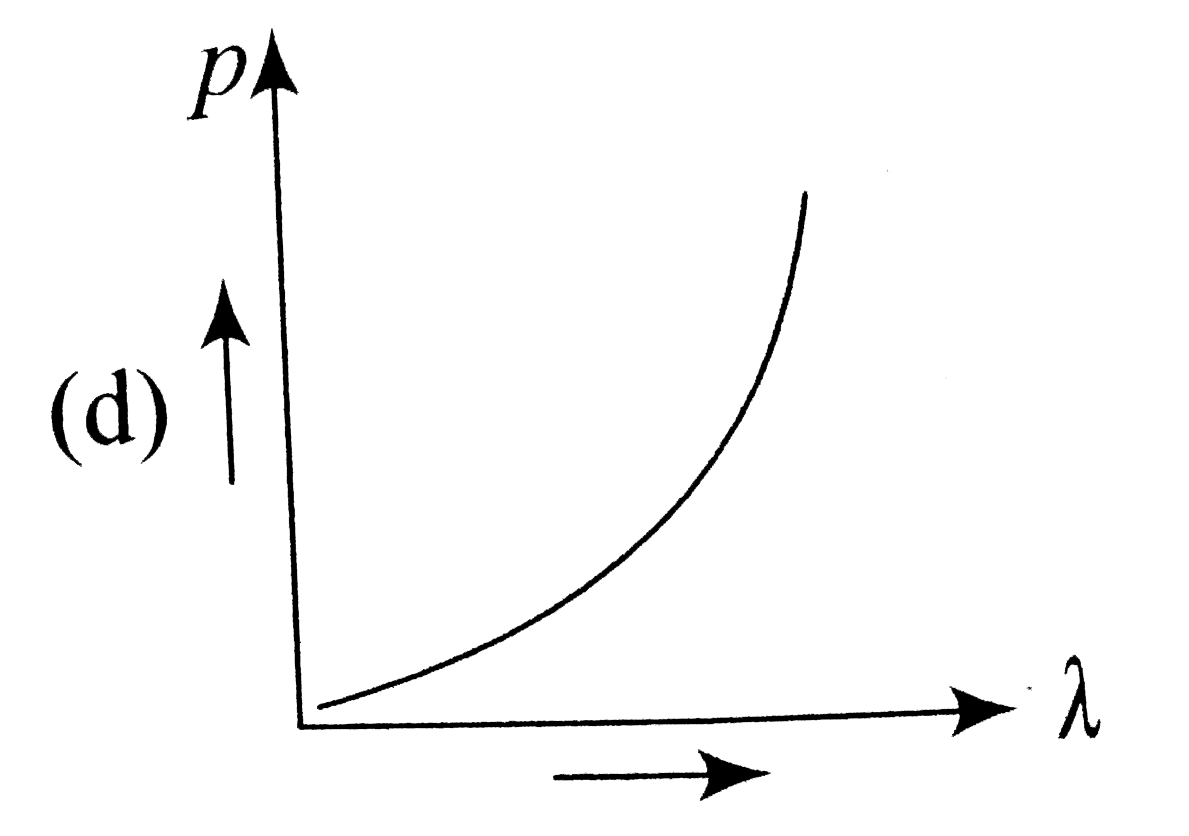
Video Solution
Text Solution
The correct Answer is:B
According to de - broglie p=hλ or P∝1λ where
P = particle momentum , lambda = "de - Broglie wavelength" <br>h= planck's constant
P∝1λ" represents rectangular hyperbola".
|
Updated on:21/07/2023
Topper's Solved these Questions
- BOOK - A2ZCHAPTER - DUAL NATURE OF RADIATION AND MATTEREXERCISE - AIIMS Questions32videos
DUAL NATURE OF RADIATION AND MATTER
- BOOK - A2ZCHAPTER - DUAL NATURE OF RADIATION AND MATTEREXERCISE - Assertion Reason14videos
DUAL NATURE OF RADIATION AND MATTER
- BOOK - A2ZCHAPTER - DUAL NATURE OF RADIATION AND MATTEREXERCISE - Section B - Assertion Reasoning18videos
DUAL NATURE OF RADIATION AND MATTER
- BOOK - A2ZCHAPTER - CURRENT ELECTRICITYEXERCISE - Section D - Chapter End Test29videos
CURRENT ELECTRICITY
- BOOK - A2ZCHAPTER - ELECTRIC CHARGE, FIELD & FLUXEXERCISE - Section D - Chapter End Test29videos
ELECTRIC CHARGE, FIELD & FLUX
Similar Questions
Knowledge Check
- Question 1 - Select One
Which of the following figure represents the variation of particle momentum and the associated de - Broglie wavelength ?
A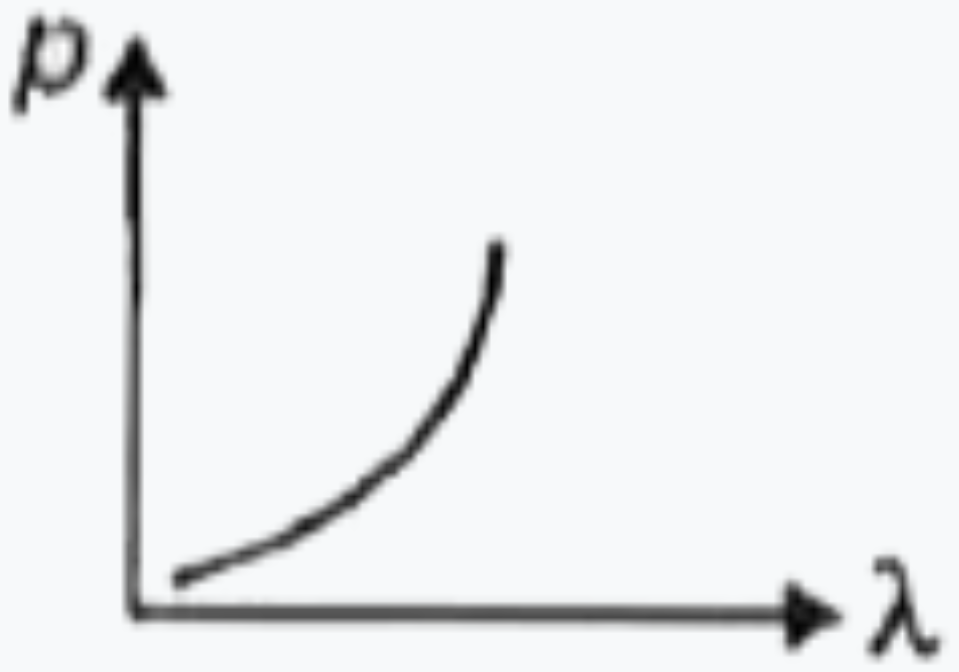 B
B C
C D
D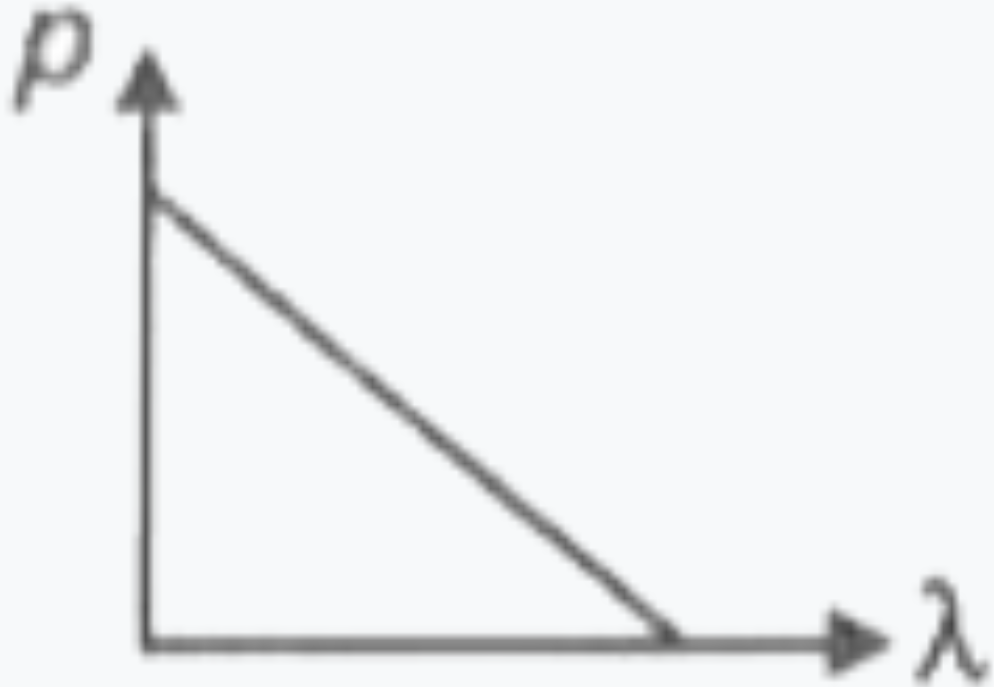
- Question 2 - Select One
Which of the following graph represent the variation of particle momentum and associated de Broglie wavelength?
A B
B C
C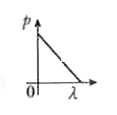 D
D
- Question 3 - Select One
Which of the following graphs correctly represents the variation of particle momentum with associated de Broglie wavelength?
A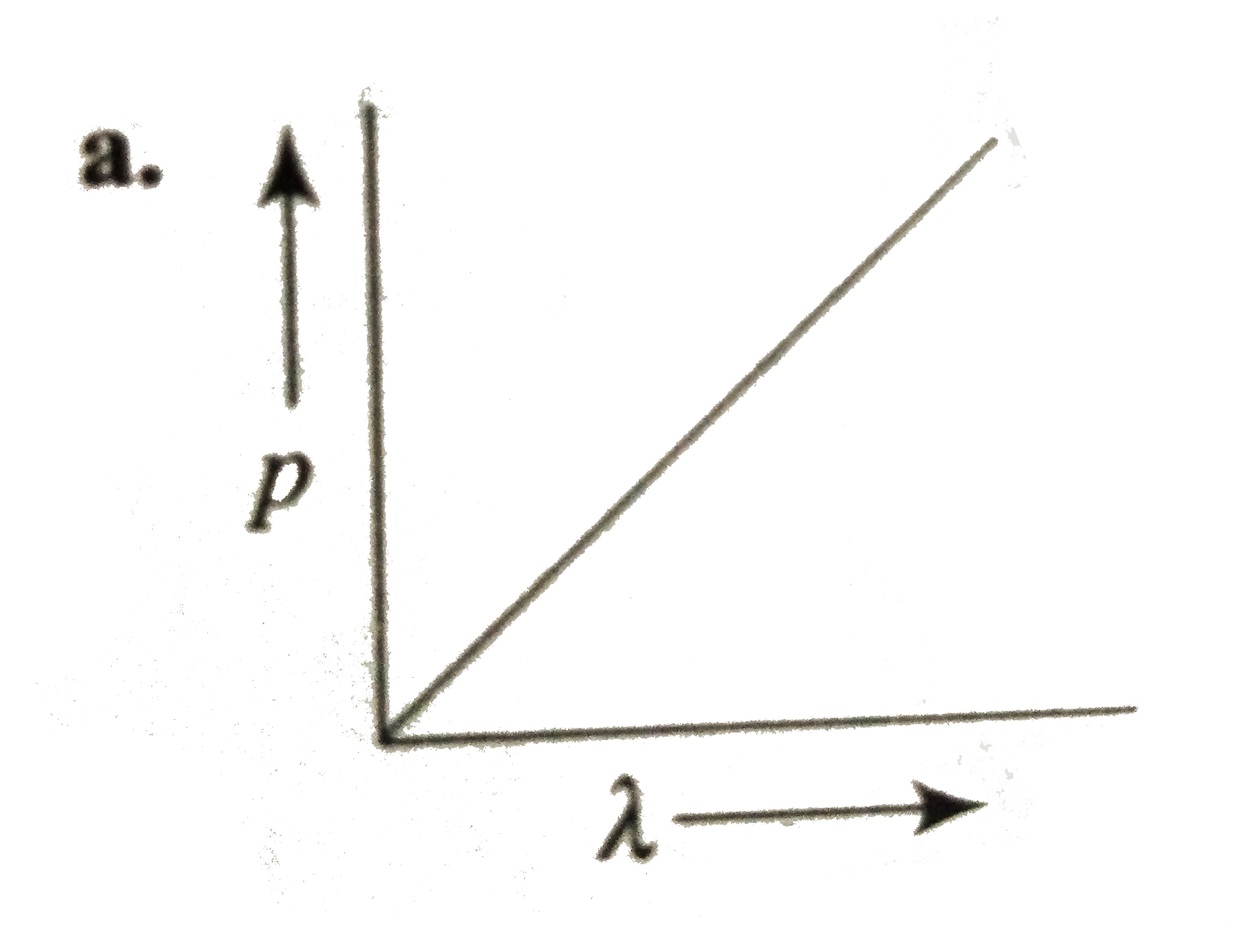 B
B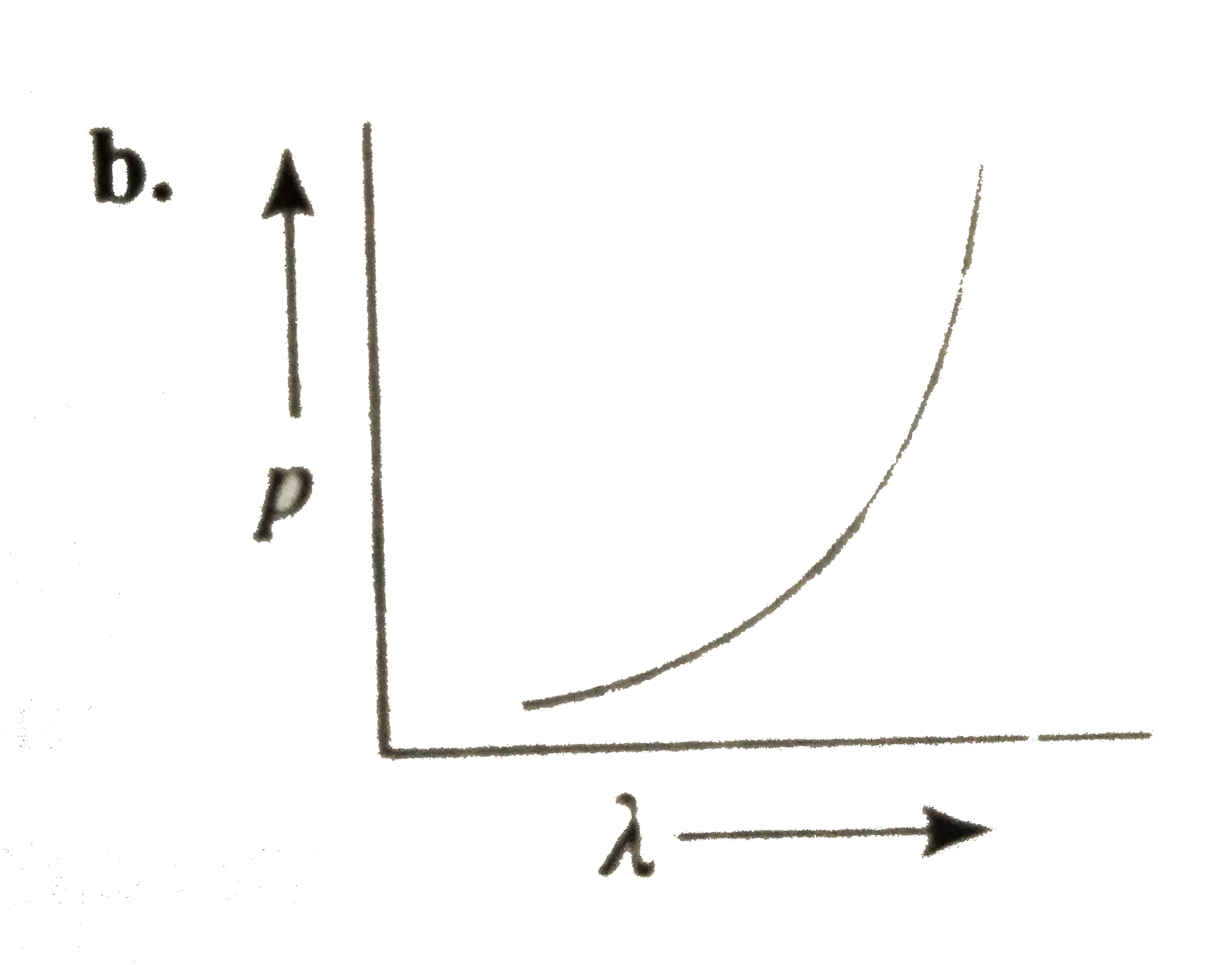 C
C D
D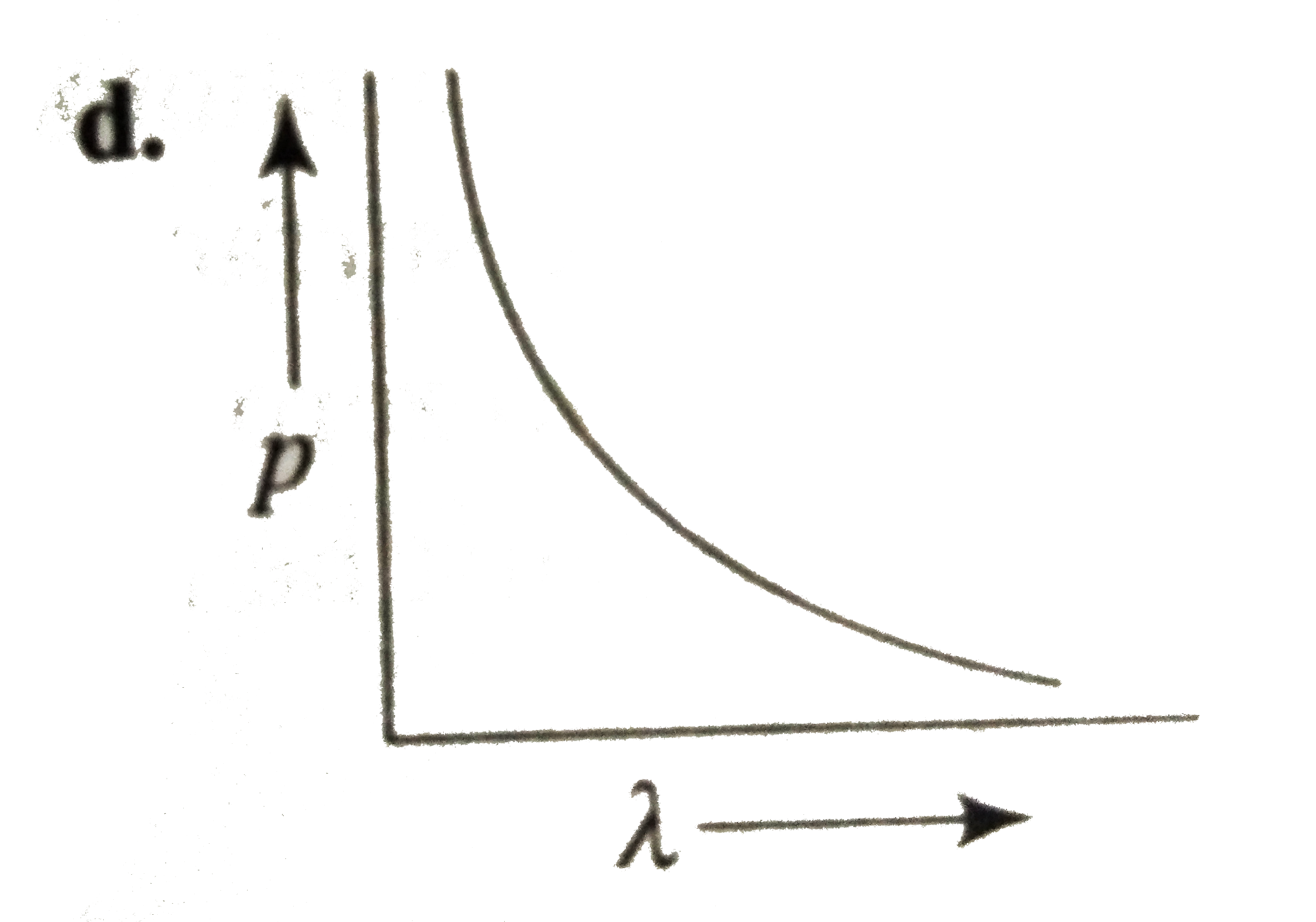
The momentum of a particle associated with de-Broglie's wavelength of 6Å is
View SolutionThe momentum of a particle having de-Broglie wavelength of 6Å
View SolutionWhich of the following particles moving with the same velocity would be associated with smallest de-Broglie wavelength?
View SolutionVeriation of momentum of perticle (p) with associated de-Broglie wavelength (λ) is shown correctly by
View SolutionIn which of the following cases the havier of the two particles has a smaller de-Broglie wavelength ? The two particles
View Solution

